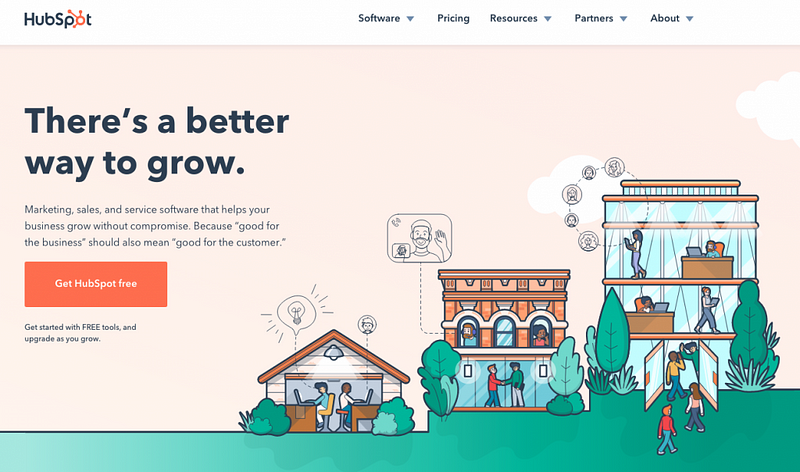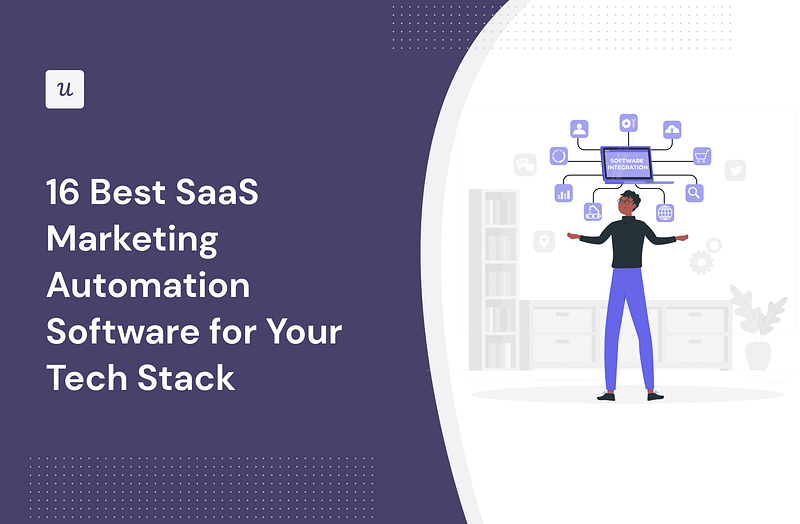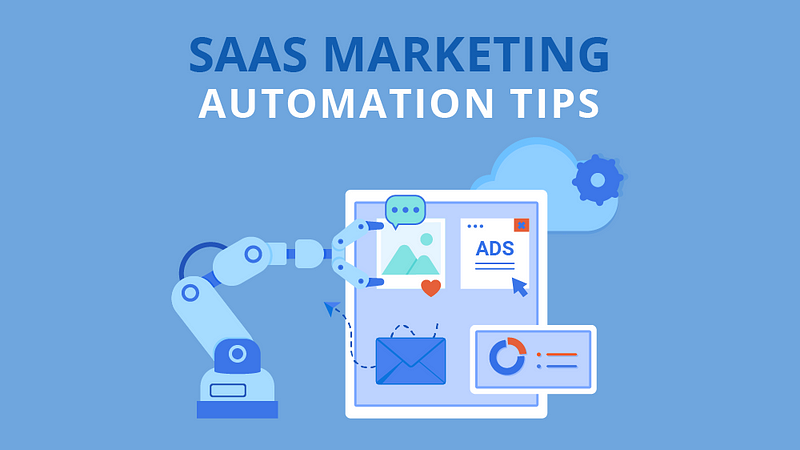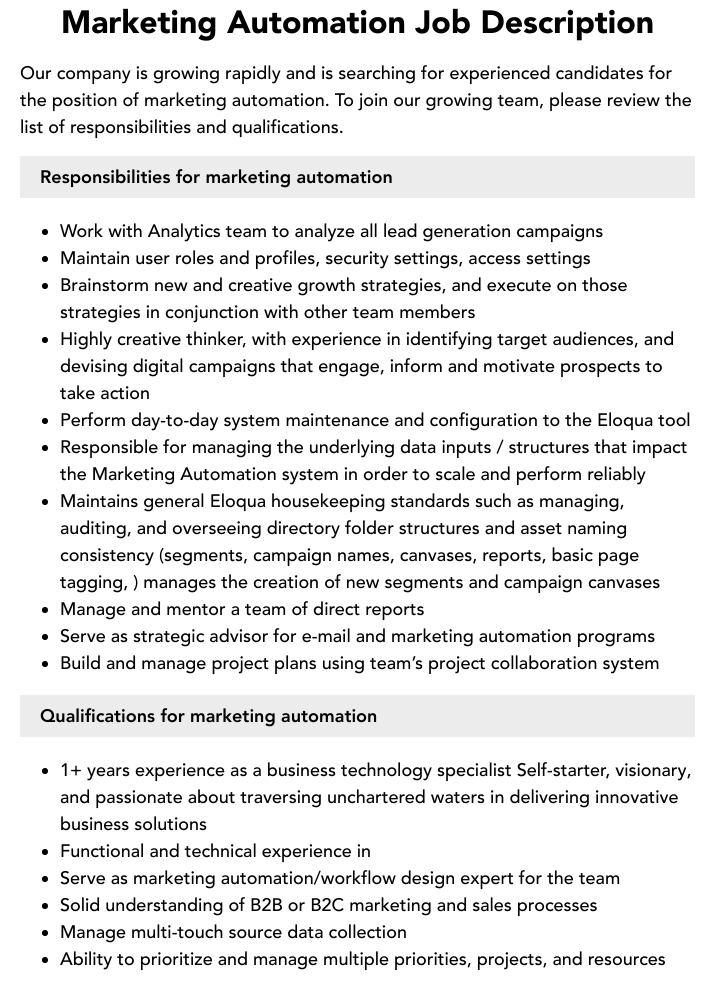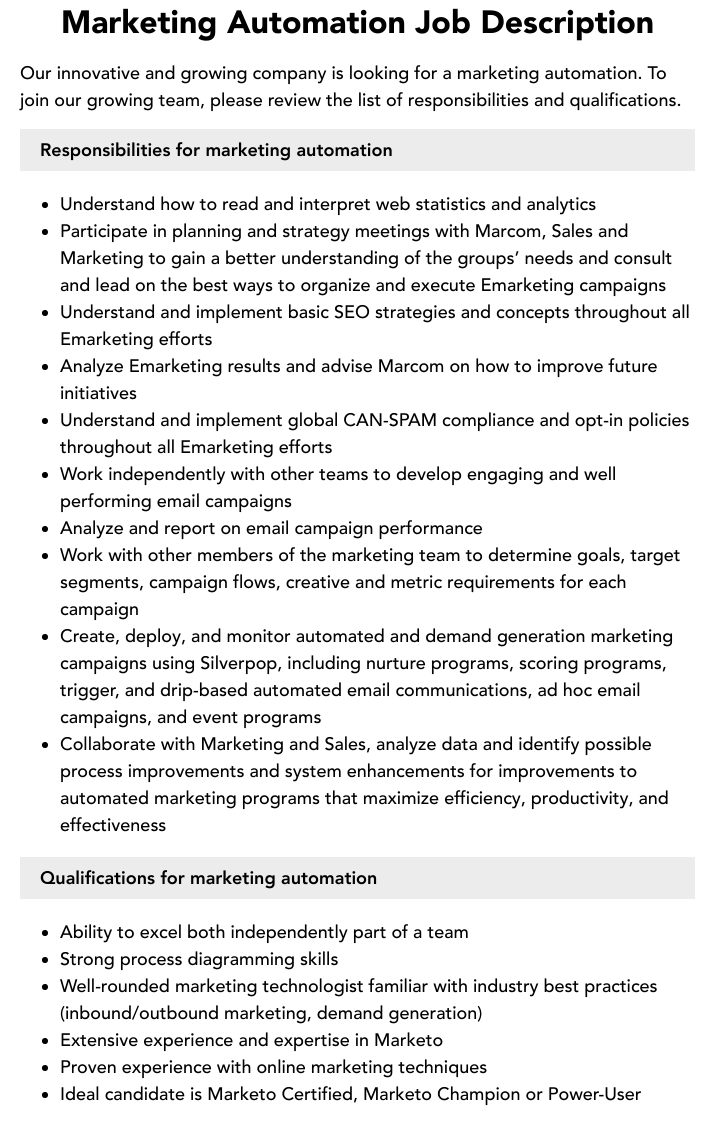Introduction
Marketing automation streamlines tasks for nonprofits, enhancing donor engagement and improving efficiency. It saves time and boosts campaign effectiveness.
Nonprofits often face the challenge of limited resources. Marketing automation provides a solution by automating repetitive tasks, allowing staff to focus on strategic activities. It helps in segmenting donors, personalizing communications, and tracking engagement, leading to more effective campaigns. Automation tools can manage email marketing, social media posts, and fundraising campaigns, ensuring consistent and timely outreach.

This technology also offers insights through analytics, helping organizations optimize their strategies. By adopting marketing automation, nonprofits can enhance their reach, build stronger relationships with donors, and ultimately drive more support for their causes.
Introduction To Marketing Automation
Marketing Automation for Nonprofits
Marketing automation simplifies tasks for nonprofits. It uses software to streamline marketing efforts.
With marketing automation, nonprofits can reach more people. It saves time and improves efficiency.
Importance For Nonprofits
Nonprofits have limited resources. Marketing automation helps them use their resources wisely.
It allows nonprofits to focus on their mission. Automating tasks like emails and social media posts frees up time.
Common Misconceptions
Some think marketing automation is expensive. But many affordable tools exist.
Others believe it’s too complex. Yet, many tools are user-friendly and easy to learn.
Another misconception is that automation lacks a personal touch. With the right strategies, messages can still feel personal and engaging.
Key Benefits
Marketing automation can significantly boost a nonprofit’s efficiency. It helps streamline tasks and enhance donor engagement. Here are the key benefits that nonprofits can enjoy from marketing automation:
Time Savings
Marketing automation tools save a lot of time. They automate repetitive tasks. This includes email marketing, social media posts, and fundraising campaigns.
Staff can focus on more strategic activities. They no longer need to manually send emails or post updates. Automation tools handle these tasks efficiently.
For example, you can set up an email campaign in advance. The system will send emails at the scheduled times. This ensures timely communication with your donors.
Enhanced Donor Engagement
Marketing automation helps keep your donors engaged. Personalized messages make donors feel valued. The system can segment your audience based on their interests and behaviors.
This allows you to send targeted messages. For instance, a donor who supports education projects will receive updates on such initiatives.
Automation tools can also track donor interactions. You can see who opened your emails or clicked on links. This data helps refine your strategies and improve engagement.
Additionally, automated follow-ups ensure no donor feels neglected. A thank you email can be sent automatically after a donation. This small gesture can significantly boost donor loyalty.
Benefit Description Time Savings Automates repetitive tasks, freeing up staff for strategic activities. Enhanced Donor Engagement Personalizes communication, tracks interactions, and sends timely follow-ups.
- Automates email campaigns
- Schedules social media posts
- Segments audience for targeted messages
- Tracks donor interactions
- Sends automated follow-ups
/media/9d30406f7e0c545991b156dc08859e68
Essential Tools
Marketing Automation for Nonprofits: Essential Tools
Nonprofits need effective tools to automate marketing. These tools help save time and resources. They improve outreach and engagement.
Email Marketing Platforms
Email Marketing Platforms are essential for nonprofits. They help send personalized messages to supporters. These platforms automate email campaigns. They also track engagement and open rates.
Here are some top Email Marketing Platforms:
- Mailchimp: User-friendly with powerful features.
- Constant Contact: Great for event marketing.
- Sendinblue: All-in-one platform with SMS options.
These platforms offer templates, scheduling, and analytics. They make email marketing easy and effective.
Crm Systems
CRM Systems manage relationships with donors and volunteers. They store contact details and interaction history. CRM systems help track donations and engagement.
Here are some popular CRM Systems:
- Salesforce Nonprofit Cloud: Comprehensive and customizable.
- Bloomerang: Focuses on donor retention.
- NeonCRM: Integrates with other nonprofit tools.
These systems provide detailed reports and insights. They help nonprofits understand their supporters better.
Using these tools, nonprofits can automate tasks. This allows them to focus on their mission. Implementing these tools is a smart move for any nonprofit.ting automation can help nonprofits save time and resources. By automating tasks, nonprofits can focus more on their mission. Let’s explore how to set up automation effectively.
Identifying Objectives
First, define your objectives. What do you want to achieve with automation? Common goals include:
- Increasing donor engagement
- Improving email open rates
- Streamlining social media posts
- Automating repetitive tasks
Write down your goals. This will guide your automation strategy. Make sure your goals are specific and measurable.
Choosing The Right Tools
Next, choose the right tools for your nonprofit. Various tools can help with different tasks. Here are some popular options:
Tool Function MailChimp Email Marketing Hootsuite Social Media Management Salesforce Donor Management Zapier Workflow Automation
Choose tools that align with your objectives. Integrate these tools into your workflow to maximize efficiency. Don’t hesitate to try free trials to test the features.
Creating Effective Campaigns
Marketing automation can transform how nonprofits engage with their supporters. To create effective campaigns, nonprofits need to focus on segmentation and personalized messaging. These strategies can help deliver the right message to the right audience.
Segmentation Strategies
Segmentation is about dividing your audience into smaller groups. Each group should have similar traits. This makes your campaigns more targeted and effective.
Here are a few ways to segment your audience:
- Demographics: Age, gender, and location.
- Behavior: Past donations, event participation.
- Interests: Specific causes or projects.
Use these segments to tailor your messages. This will improve engagement and response rates.
Personalized Messaging
Personalized messaging makes your audience feel valued. Address them by their first name. Mention their past contributions or interests.
Here are a few tips for creating personalized messages:
- Use Dynamic Content: Insert personal information automatically.
- Tailor Your Call-to-Action: Make it relevant to their interests.
- Send Timely Messages: Use birthdays or anniversaries.
Personalized messages can boost engagement and foster loyalty.
Use these strategies to create campaigns that resonate with your audience. Marketing automation makes it easier to manage and optimize your effort
Measuring Success
Measuring success in marketing automation is crucial for nonprofits. It helps understand the impact and fine-tune strategies. Knowing what to measure ensures efforts lead to results. This section covers key metrics and adjusting strategies.
Key Metrics
Nonprofits should track specific metrics to gauge success. Here are some essential ones:
- Donor Retention Rate: Measures how many donors give repeatedly.
- Donation Growth: Tracks the increase in total donations over time.
- Engagement Rate: Looks at interactions with emails, social media, and content.
- Conversion Rate: Percentage of visitors who become donors or volunteers.
- Cost Per Acquisition (CPA): Total cost to gain a new donor or volunteer.
These metrics help identify what works and what needs change.
Adjusting Strategies
Once you have data, adjust your strategies to improve. Here are steps to follow:
- Analyze Data: Look at your key metrics and understand trends.
- Identify Weak Spots: Find areas where performance is low.
- Test New Approaches: Try different tactics to see what works best.
- Monitor Results: Keep tracking metrics to see the impact of changes.
- Refine Tactics: Continuously improve based on data insights.
Adapting based on data ensures better outcomes over time.
Metric Importance Donor Retention Rate High Donation Growth High Engagement Rate Medium Conversion Rate High Cost Per Acquisition (CPA) Medium
Use this table to prioritize your focus areas.
Case Studies
Marketing automation helps nonprofits achieve their goals efficiently. Real-world examples show how automation drives success. This section explores nonprofit case studies to understand their strategies and outcomes.
Successful Nonprofit Examples
Several nonprofits have leveraged marketing automation to achieve remarkable results. These examples highlight the power of automation:
Nonprofit Strategy Outcome Charity Water Email Campaigns Increased donations by 30% Habitat for Humanity Social Media Automation Boosted volunteer sign-ups by 50% World Wildlife Fund Personalized Messaging Enhanced donor engagement
Lessons Learned
Nonprofits gain valuable insights from using marketing automation. Here are key lessons:
- Personalization: Tailored messages resonate more with supporters.
- Consistency: Regular updates keep the audience engaged.
- Data Utilization: Analyzing data helps refine strategies.
Effective automation requires understanding your audience. Use these lessons to improve your nonprofit’s efforts.
Future Trends
Marketing automation is evolving quickly. Nonprofits must stay updated with future trends. These trends will help them engage better with supporters and donors. Let’s explore some key future trends in marketing automation for nonprofits.
Ai Integration
Artificial intelligence (AI) is transforming marketing automation. Nonprofits can use AI to personalize messages. AI can analyze donor behavior and suggest the best communication strategies. This leads to higher engagement rates.
AI can also automate routine tasks. This frees up time for staff to focus on strategic planning. AI-powered chatbots can answer common questions from donors. This ensures quick responses and enhances donor satisfaction.
Enhanced Analytics
Enhanced analytics provides deeper insights into donor behavior. Nonprofits can track campaign performance in real-time. This allows for quick adjustments to improve results.
Advanced analytics tools offer detailed reports. These reports show which marketing efforts are most effective. Nonprofits can then allocate resources more efficiently.
Here are some benefits of enhanced analytics for nonprofits:
- Improved donor segmentation: Identify specific donor groups and tailor messages accordingly.
- Better campaign tracking: Monitor the success of different campaigns.
- Resource optimization: Focus efforts on the most effective strategies.
Enhanced analytics tools also help in predicting future trends. This prepares nonprofits for upcoming challenges and opportunities.
Frequently Asked Questions
What Is Marketing Automation For Nonprofits?
Marketing automation for nonprofits uses software to streamline and automate marketing tasks. This helps organizations engage with donors, manage campaigns, and boost efficiency.
How Can Nonprofits Benefit From Marketing Automation?
Nonprofits benefit from marketing automation by saving time, improving donor engagement, and increasing campaign effectiveness. It also helps in tracking and analyzing performance.
What Tools Are Best For Nonprofit Marketing Automation?
Popular tools for nonprofit marketing automation include Mailchimp, HubSpot, and Salesforce. These tools offer features tailored for nonprofit needs.
How Does Marketing Automation Improve Donor Engagement?
Marketing automation improves donor engagement by personalizing communication, automating follow-ups, and segmenting donor lists. This leads to more meaningful interactions.
Conclusion
Embracing marketing automation can transform your nonprofit’s outreach and efficiency. It helps in streamlining tasks and engaging donors effectively. With the right tools and strategies, your nonprofit can achieve better results. Start leveraging marketing automation today to amplify your mission and make a greater impact.


